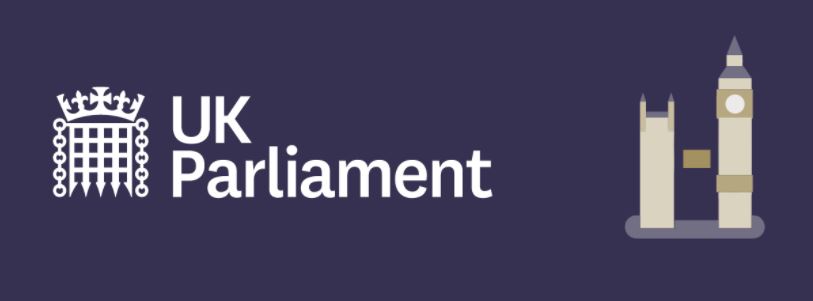UK Home Office asked to clarify timeline, costs to deploy ESN
United Kingdom (UK) Home Office officials are expected to provide greater clarity next week to a Parliament committee about progress in the development of the Emergency Services Network (ESN), the much-delayed public-safety LTE network that is projected to be several billion dollars over budget.
In a letter to Home Office Permanent Secretary Matthew Rycroft dated Sept. 16, Public Accounts Committee Chair Meg Hillier said the committee was “disappointed with your unclear and incomplete evidence on crucial aspects of the ESN program” provided during a Sept. 10 hearing.
“We are still concerned about the continuing uncertainty surrounding costs, delivery dates and user engagement, which indicates that the [ESN] program is not yet on a sound footing,” according to Hillier’s letter.
ESN was supposed to replace the Airwave TETRA network as the primary voice-communications system in 2019, but that timeline has now been changed to 2024 or 2025 after the Home Office previously signed a deal with Motorola Solutions to extend use of Airwave through 2022. Motorola Solutions also holds the contract to develop push-to-talk and software solutions for the ESN.
Such delays create significant budgetary issues, both for the UK government and for local first-responder agencies that are trying to determine when they should direct funds toward buying LTE equipment as opposed to investing in additional TETRA gear.
With this in mind, Hillier asked the Home Office to “clarify” by the end of next week the following items:
- “the annual cost of extending Airwave further, beyond the currently expected date of December 2022;
- “the annual cost of delay to the ESN program, including Airwave extension; and
- “how many handsets will be available to the emergency services users by the end of the nine-month period of operational trials.”
In addition, Hillier’s letter asked for a revised timeline for public-safety agencies to switch from the Airwave network to the ESN, as well as the financial implications—notably, the costs associated with extending Airwave beyond December 2022 and delaying the ESN rollout further.
“The longer Airwave is maintained, the more costs rise,” Hillier states in her letter.
In April, the Home Office plans begin nine months of operational ESN trials by distributing 5,000 LTE handsets to public-safety entities, but Hillier expressed concerns about the Home Office’s next steps after the trials are completed at the end of next year.
“We are concerned that the program will face a major challenge in increasing usage from this level to all emergency services personnel, who will need more than 270,000 ESN connections according to the 2019 National Audit Office report,” the Hillier letter states. “The schedule for delivering increased numbers of handsets was not clear in our discussions.”
Initially, the UK’s ESN was slated to be the first nationwide public-safety broadband system to be completed in the world, with users migrating to mission-critical LTE communications as early as 2016 and finishing the transition by 2019, so the expensive Airwave system could be shut down.
But that timeline has not been met, and other public-safety LTE systems—the FirstNet system in the U.S. and the SafeNet system in South Korea—have gained real-world usage more rapidly. However, those non-ESN systems are not specifically designed to replace LMR communications, which public-safety officials have acknowledged is very difficult challenge for an LTE system, for a variety of reasons.















